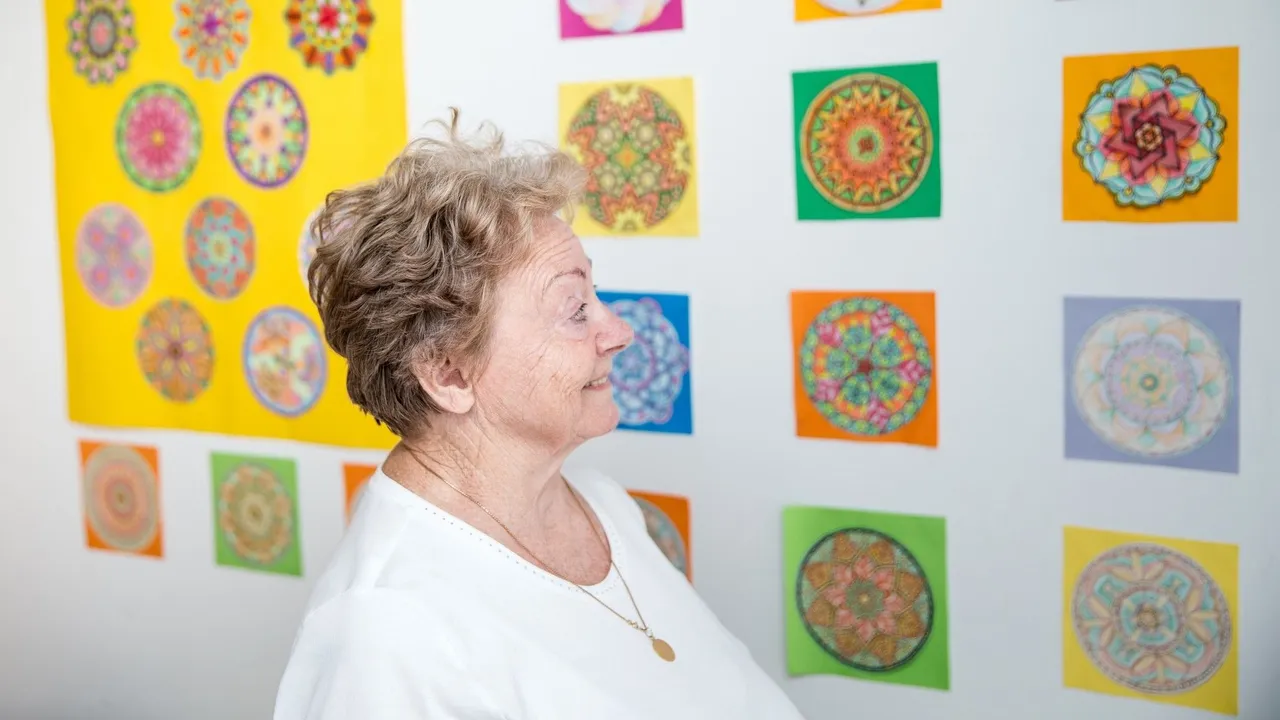A just-hatched killifish larvae stained with antibodies against Myosin (Red), Actinin (Green) and Collagen (Blue). Image captured by Dr Avnika Ruparelia.
As we age, our muscles start to waste. Called sarcopenia, it happens to us all if we live long enough, but no one has ever understood why it happens. Now new research from the Australian Regenerative Medicine Institute (ARMI) at Monash University, has used a surprising animal model – the African killifish, to study muscle wasting – and revealed that, towards the end of life, our muscles actually reverse to an “early-life” state, slowing mortality. This latter finding may provide a clue to slowing or halting age-related loss of muscle mass and strength.
The research, published in the Aging Cell and led by Professor Peter Currie and Dr Avnika Ruparelia, who is from ARMI and the University of Melbourne, is important because the global population is aging with an expected dramatic increase in the prevalence and severity of sarcopenia is expected, according to Professor Currie. “As such, there is a pressing need to understand the mechanisms that drive sarcopenia, following which suitable medical interventions to promote healthy muscle aging can be identified and implemented,” he said.




